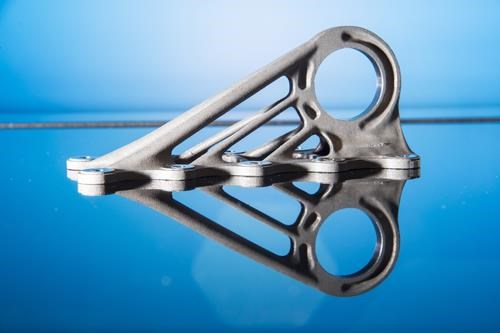Numbers Describe Additive Manufacturing’s Advantage
Airbus quantifies the material and energy savings it will realize on parts that are 3D printed.
Share
Read Next

Airbus says it is expanding its use of additive manufacturing in aircraft part production. The reasons why are the ones typically cited: less lead time, less material, less environmental impact. However, a statement from the company gives numbers for some of the savings its expects to see. The company says parts produced additively (such as the bracket in the photo) will be 30 to 55 percent lighter than the parts they replace, will use 90 percent less raw material, and will decrease energy used in production by as much as 90 percent. Read more here.
Related Content
-
3D Printed Heat Exchanger Illustrates Siemens' CATCH and Release Approach
Solutions for energy efficiency, sustainability, part repair and more are developing at Siemens’ Charlotte Advanced Technology Collaboration Hub (CATCH) in North Carolina.
-
Sintavia Developing Additive Manufacturing Facility for US Navy
Sintavia is collaborating with Bechtel Plant Machinery to develop a dedicated additive manufacturing facility in support of the United States Naval Nuclear Propulsion Program.
-
Video: 5" Diameter Navy Artillery Rounds Made Through Robot Directed Energy Deposition (DED) Instead of Forging
Big Metal Additive conceives additive manufacturing production factory making hundreds of Navy projectile housings per day.












